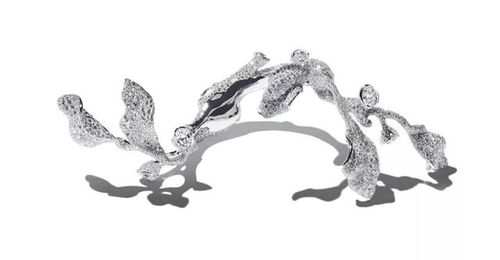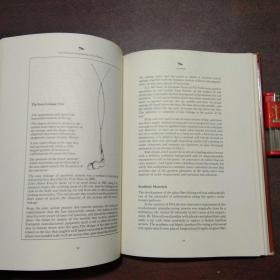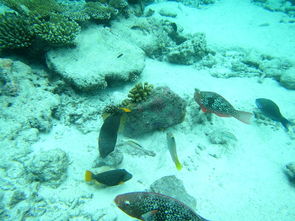Content:
Introduction: Bait fishing is an age-old pastime that has captivated anglers for generations. One of the most crucial aspects of successful bait fishing is mastering the art of controlling your fishing line and bait using the drift technique. In this article, we will delve into the essential steps and tips for mastering the drift technique, complemented by a series of instructional videos that will help you perfect your skills.
Understanding the Drift Technique: Before we dive into the specifics of how to control your bait using the drift technique, it's important to understand what it entails. The drift technique involves allowing your bait to float or swim naturally with the current of the water, mimicking the natural movement of prey. This method is particularly effective for catching fish that are known to feed on the surface or near the bottom of the water body.
Essential Gear for Drifting: To execute the drift technique effectively, you will need the following gear:
- A lightweight spinning rod: A rod with a fast action is ideal for making precise casts and controlling the drift.
- A spinning reel: Choose a reel with a smooth drag system and a comfortable handle for long hours of fishing.
- Monofilament line: Use a monofilament line with a thickness that matches the weight of your bait and the strength of the fish you're targeting.
- A suitable bait: Depending on the fish species, you may use live bait, artificial lures, or a combination of both.
- A bobber or float: This will help you monitor the movement of your bait and control the depth at which it is presented.
Step-by-Step Guide to Drifting Technique:
Cast Your Line: Begin by casting your line out into the water. Aim for a spot where you expect the fish to be, and make sure to cast with enough force to achieve a good drift.
Adjust Your Bobber or Float: Once your bait is in the water, adjust your bobber or float to the desired depth. The height of the float will determine how deep your bait is presented to the fish.
Monitor the Current: Observe the current in the water and adjust your cast accordingly. The direction and strength of the current will influence the movement of your bait, so it's important to stay aware of these factors.
Let the Bait Drift: Allow your bait to drift with the current, keeping an eye on your bobber or float. If the bait is too deep, you may need to cast further downstream or adjust the height of your float. Conversely, if the bait is too shallow, you may need to cast closer to the shore or increase the height of your float.
Present the Bait: As your bait drifts, occasionally twitch it or allow it to flutter to mimic the natural movement of prey. This can be done by gently lifting and lowering your rod tip or by using a steady retrieve.

Set the Hook: When you feel a fish take your bait, set the hook quickly and firmly. Be prepared for a fight, as some fish may be quite strong.
Land Your Catch: Once you've successfully hooked a fish, work it to the surface and gently land it. Be mindful of the fish's welfare and handle it with care.
Instructional Videos: To help you visualize and understand the drift technique better, we have compiled a series of instructional videos. These videos cover everything from selecting the right gear to executing the perfect cast and controlling the drift. Watch these videos to enhance your bait fishing skills:
- Video 1: Selecting the Right Gear for Bait Fishing
- Video 2: Casting Techniques for Bait Fishing
- Video 3: Mastering the Drift Technique
- Video 4: Bait Presentation and Hook Setting
- Video 5: Catching and Handling Fish
Conclusion: Bait fishing with the drift technique can be a highly rewarding experience. By following the steps outlined in this article and utilizing the instructional videos provided, you'll be well on your way to mastering the art of drifting. Remember to practice regularly, stay patient, and enjoy the beauty of the water as you pursue your fishing adventures. Happy fishing!












